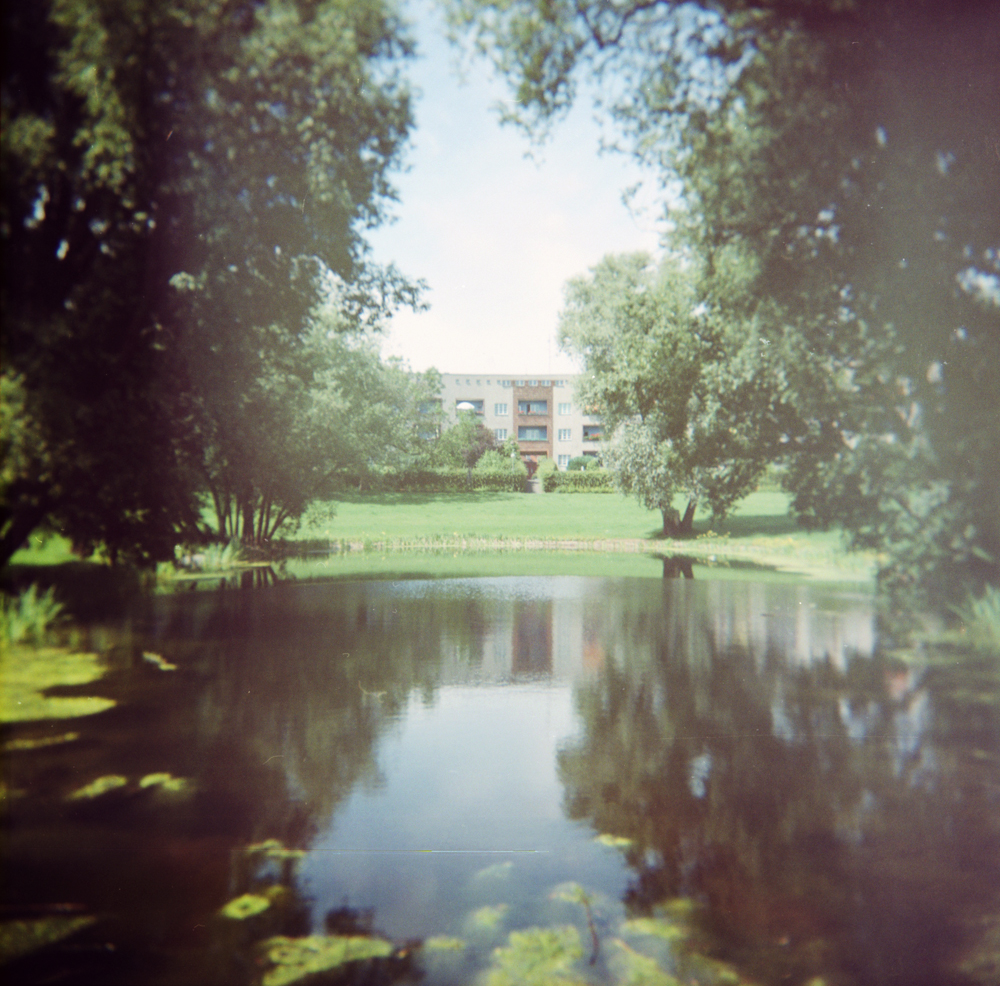the museum island is berlin’s most famous unesco site, its central location and abundance of interesting museums ensuring its place in all guidebooks. but did you know that berlin has another, less well-known unesco attraction?
spread over 6 locations around the city, the modernist housing estates are a group of buildings built between 1910 and 1933, (especially during the weimar republic) which represent the building reform movement in berlin. here’s how unesco describes them:
The housing estates reflect, with the highest degree of quality, the combination of urbanism, architecture, garden design and aesthetic research typical of early 20th century modernism, as well as the application of new hygienic and social standards.
the estates were built at the end of the first world war (when demand for housing in berlin was higher than ever), by cooperatives and non-profit organizations in the (once) outer, rural areas of the city. they were innovative in their design but especially for the open-housing concept of “garden towns and cities” – in contrast with the 19th century corridor-like streets. the main architects involved were bruno taut, martin wagner, and walter gropius (one of the founders of the bauhaus school).
the pictures on this post are from the estate closest to our house, the Hufeisensiedlung. Hufeisen means “horseshoe” – which is what it resembles when you look at it from above!



